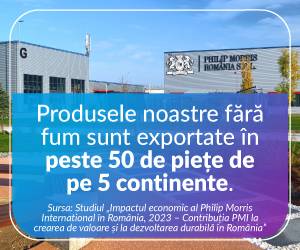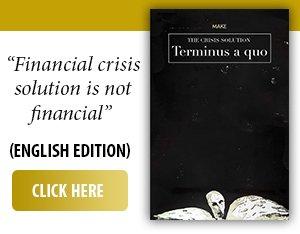
The system of "Cap and Trade" originated in the U.S.A. by George Bush Senior in the early 1990's as a response to the phenomenon of acid rain which was a pollution of the rain by excess carbon in the atmosphere causing the rain to be damaging to nature.
"CAP "
The strategy sets a limit on the amount of emissions an industry is allowed , this is the "CAP" "TRADE "
The government then issues permits to cover the established cap . If a company does not use all of its quota it can sell permits on the market to companies that need the permits or it can buy permits from companies with surplus quota. This is the "TRADE "
The system spread to most of the world following the KYOTO protocol adopted on 11 December 1997 . Currently there are 192 parties to the protocol which is an international treaty which extended the 1992 United Nations Framework Convention Change [UNFCCC] that commits parties to reduce greenhouse gas emissions and it was this protocol which formally recognised the link between the changes in climate and man made emissions.
This then constitutes a perfect market by any free market definition, it has buyers, sellers and a price determined by supply and demand. As the caps get stricter then the price of the permit gets more expensive.
The genius of CAP and TRADE is that it motivates companies to reduce CO2 emissions as The more industries reduce their emissions the more permits they have to sell thereby increasing their income and profits.
Despite the great advantages of cap and trade emissions have continued to go up -why ?
In the next section we look at the reasons for this failure to reduce emissions and the solutions
• REASONS FOR PROBLEMS IN CAP AND TRADE AND SOLUTIONS
-REASONS
There are many reasons such as world economic growth and increase in population but the main reason for the failure of Cap and Trade is that the price of permits has been too low.
According to the nobel prize winning economist Joseph Stiglitz the price of carbon , in order to reach the Paris Agreement goal of reducing global warming to 2% of pre-industrial levels prices must be $50 -$100 per tonne and prices have been far below this level. Additionally, fines have been far too low -as little as $100 per tonne. Which is not much more than the cost of a permit and therefore not enough to incentivize emitters. Enforcement is lax and there are huge measurement and each country has its own , sometimes very different, rules. This patchwork of systems is known as "carbon leakage" .
-SOLUTIONS
All of the solutions are in the hands of governments . They rely on regulation fines and limits. Regarding the low price of permits the government can restrict the amount of cap and permits and thereby drive up prices and they can increase fines. The European Union is a leader in this and the price of permits in Europe has indeed reaching record levels to 60 euros per tonne, and recent months have seen a dramatic growth in carbon markets. So, there is hope .
Concerning carbon leakage the answer is a border tax. The European Union is proposing to impose a carbon tax based on carbon emissions included in goods manufactured outside its borders the level of the tax being so that the price of the goods is the same price as if they were made inside the European Union. As with all measures the success will depend on harmonisation between the 200 plus countries who have measurable level of CO2 emissions. The large problem is the world,s biggest emitter -China. China produces massive quantities of carbon intensive products and, significantly , they are absent from the COP26 climate conference.
So the way to achieve the reductions within a functioning free market world economy is to develop the market in carbon permits and make sure that the contracts for green projects are awarded to private companies. The $130 trillion that Mark Carney says is to me madeavailable for green projects should all go to private companies .
Source: Kyoto protocol ,Wikipedia
---------------------------------
NOTE : What are greenhouse gasses ?
1.Carbon Dioxide (CO2 )
2.Methane (CH4 )
3.Nitrous Oxide (N2O )
4.Hydrofluorocarbons ( HFCs )
5.Perluorocarbons (PFCs)
6.Sulfur hexafluoride (SF6 )
7.Nitrogen trifluoride ( NF3 )























































